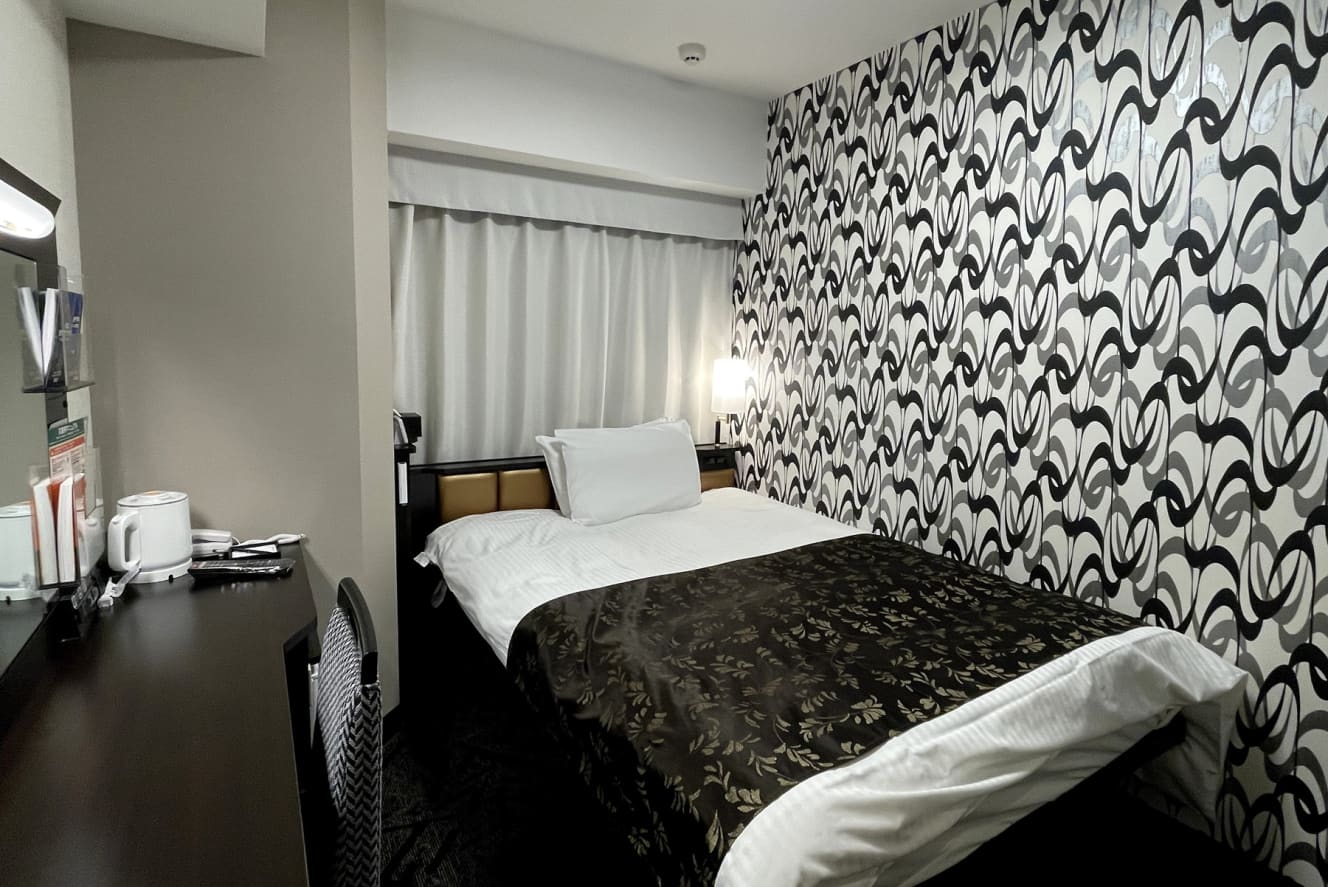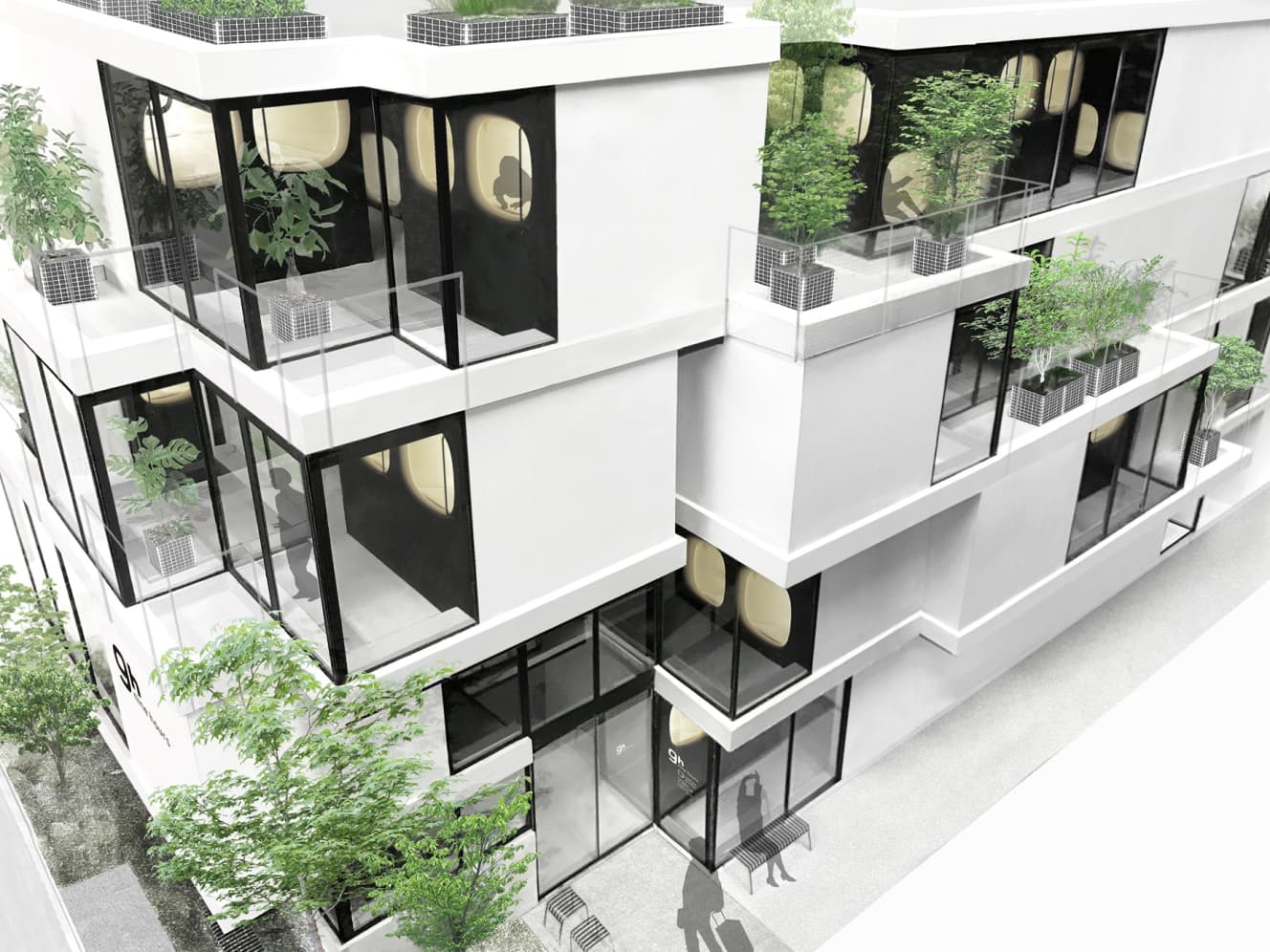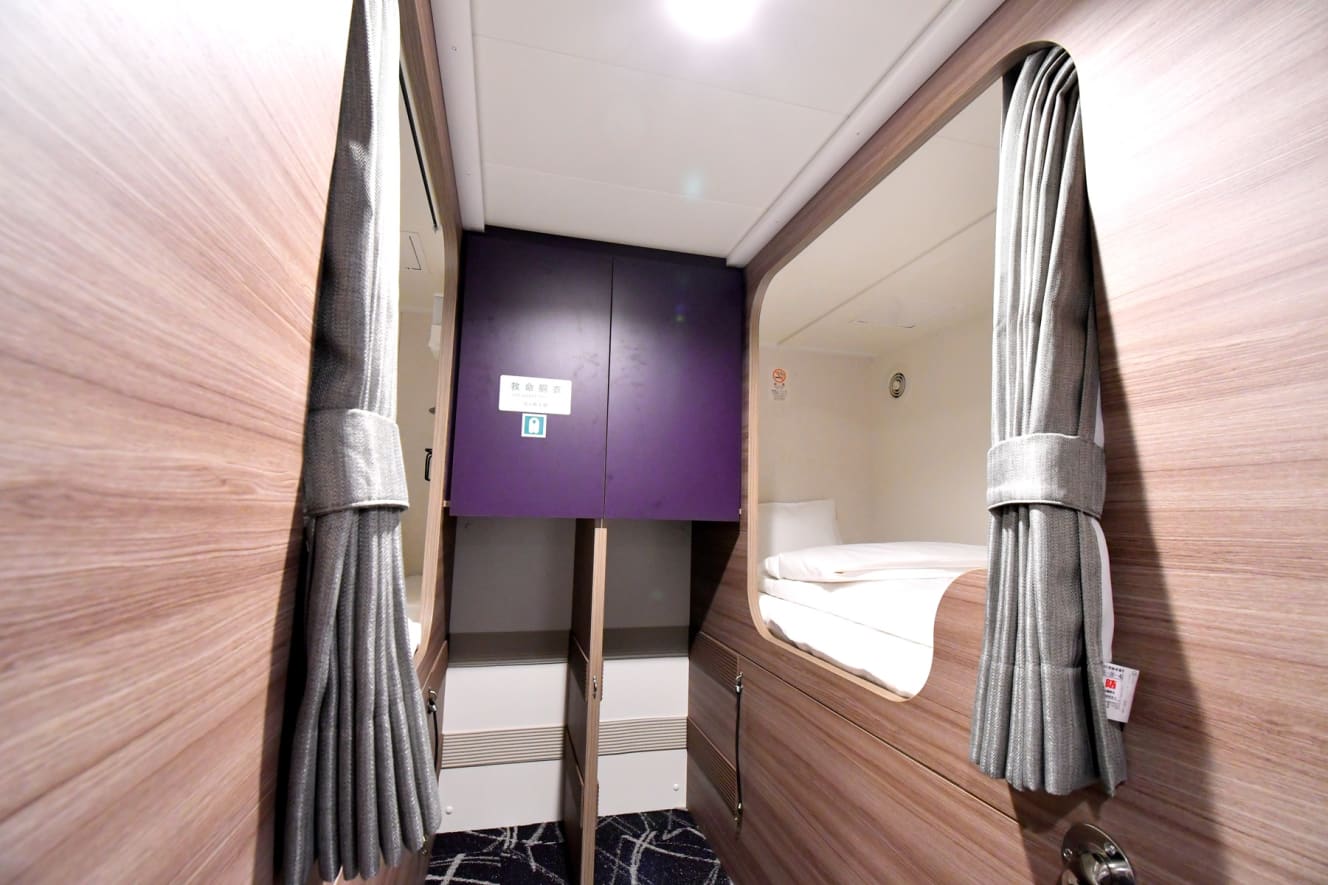Overnight Buses and Toyoko Inn as Solutions to Overcome the Hotel Price Surge Problem During Domestic Business Trips
“Arranging business trips is truly a battle.” The inbound surge hits business trips directly!
Due to the increasing influx of inbound (foreign visitors to Japan), domestic hotel prices in Japan continue to soar. Business trips are being directly impacted by this surge.
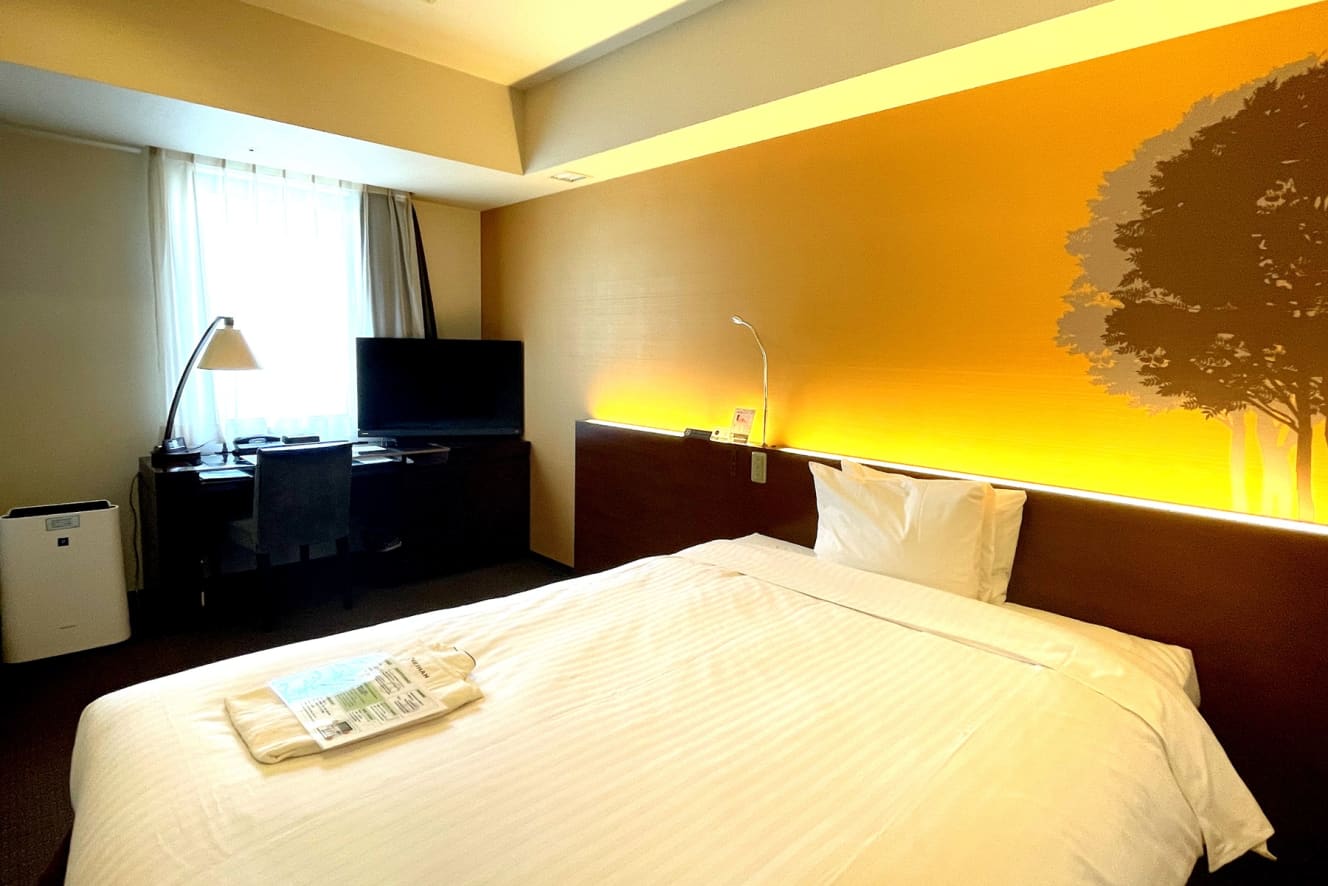
Despite an increase in remote meetings during the COVID-19 pandemic, business trips have gradually resumed. Initially, there were still entry restrictions, and the “Nationwide Travel Support” could be applied to business trips, making it even more cost-effective than before the pandemic. However, with the easing of entry restrictions, foreign tourists have been arriving one after another, and the weak yen has further increased their numbers. There are growing complaints that “travel expenses can no longer be covered within company regulations.”
Strategies that were recently discussed, such as “adjusting business trip schedules” or “staying at hotels near slightly distant stations and commuting by train,” are becoming increasingly ineffective given the current domestic hotel situation. There are even voices saying, “Arranging business trips is truly a battle.” In this challenging environment, how are business travelers managing their trip arrangements? I want to share the real voices of active business travelers.
Business hotels in Tokyo currently have an occupancy rate of nearly 90%.
For example, the prices for major business hotels in central Tokyo from Wednesday, July 3, 2024, to Thursday, July 4, 2024, are as follows (as of May 31, according to Google Maps):
- Toyoko Inn Nihombashi Mitsukoshimae A4: 9,231 yen
- APA Hotel Hatchobori-Ekimae: 9,900 yen
- Hotel Mystays Kanda: 11,000 yen
- Super Hotel Tokyo Nihombashi Mitsukoshimae: 11,970 yen
- Dormy Inn PREMIUM Tokyo Kodenmacho: 14,177 yen
When this includes weekends, prices rise even further. This is because many travelers from nearby countries such as South Korea and Taiwan tend to stay only on weekends and are frequent visitors.
In the past, it was not uncommon for business hotel chains like the ones mentioned above to offer rates of 5,000 yen per night on certain days. Nowadays, such hotel prices are almost impossible to find. Rates increase even more on weekends and during holidays in other countries.
According to the Japan Tourism Agency’s “Accommodation Travel Statistics Survey” (March 2024, second preliminary report), the overall occupancy rate of accommodation facilities in Tokyo is 79.1%, with business hotels at 86.2%, both ranking first nationwide. These figures indicate the reasons why business travelers from other urban areas and regions are struggling. Other areas with high occupancy rates include Osaka Prefecture (2nd), Ishikawa Prefecture (3rd), Fukuoka Prefecture (4th), and Aichi Prefecture (5th).
“I’ve been staying at Toyoko Inn a lot lately.” Prices are almost stable, and one night is free for every 10 nights.
Despite this, securing hotels for business trips is absolutely necessary. When asked how he manages, a man residing in Osaka, who frequently travels domestically, mentioned, “I’ve been staying at Toyoko Inn a lot lately.” He cited reasons such as “prices are almost stable,” “there are often last-minute vacancies,” and “one night free for every 10 nights.”
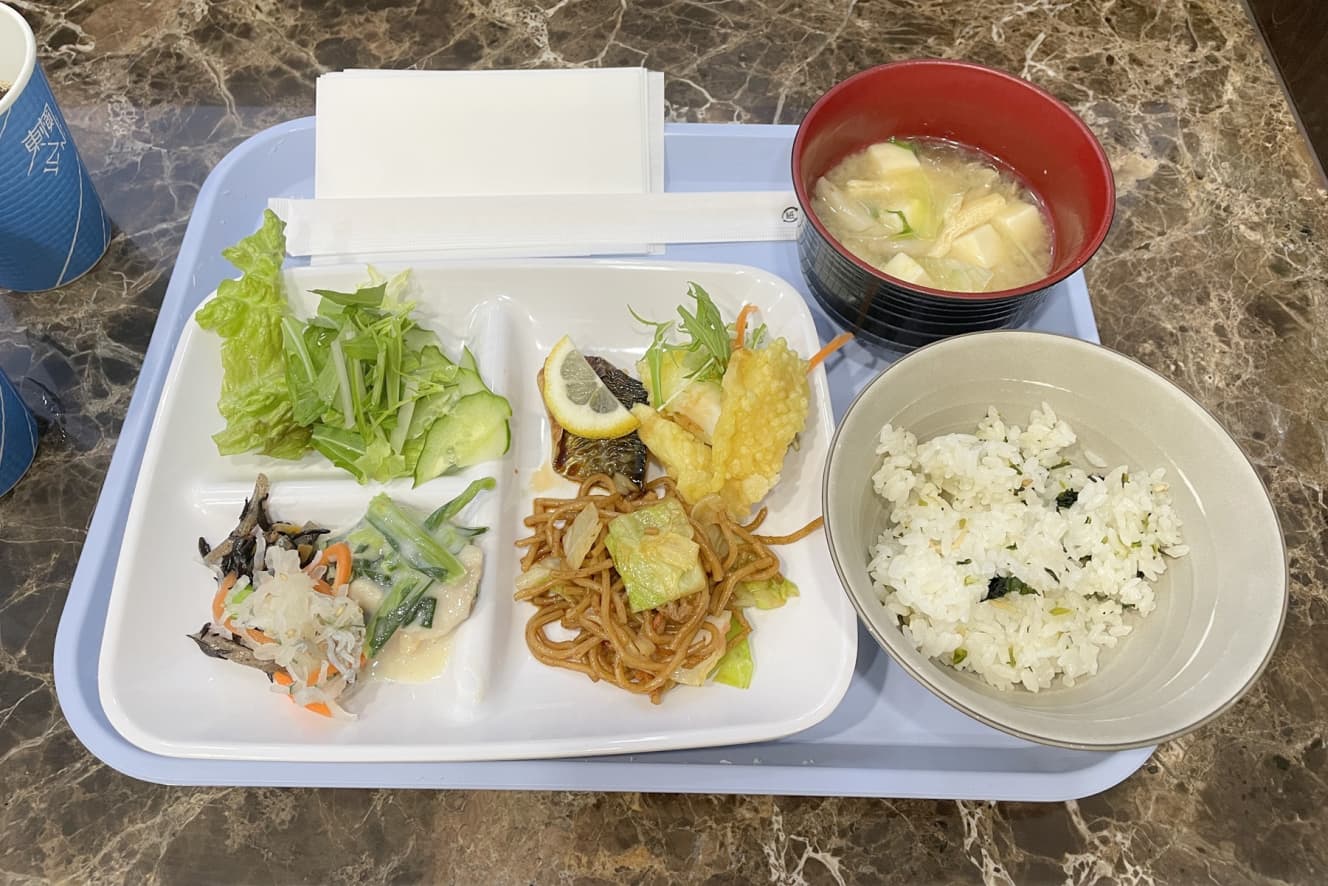
Toyoko Inn offers a system called the “Toyoko Inn Club Card.” There is an enrollment fee (1,500 yen for adults, 1,000 yen for students), but once you have the card, there is no annual fee, and you can enjoy various benefits. Toyoko Inn locations are convenient, often near train stations nationwide. The man appreciates the “1 night free for every 10 nights” offer from Toyoko Inn. Recently, as other options have become expensive and cumbersome to search for, Toyoko Inn has become his sole choice. He also values the complimentary breakfast and the fact that many Toyoko Inn locations offer local specialties on their menu, which enhances his satisfaction.
Furthermore, he finds the “reminder emails” received on the morning before his stay very convenient. “Even if the official website shows fully booked, surprisingly, rooms become available. Toyoko Inn allows free cancellation until the day before. Many businesspersons probably book just in case. However, vacancies fill up quickly in these times,” the man analyzes. Another man, who frequently travels on business and resides in Chiba Prefecture, doesn’t particularly insist on any specific hotel but emphasizes, “Ultimately, I end up choosing Toyoko Inn if I focus on price. It’s always affordable. I also accumulate points without realizing it,” he says.
Sometimes it’s 5,000 yen per night, other times it’s 30,000 yen. Dynamic pricing at APA Hotels.
Furthermore, a man from Okayama City who stays at APA Hotels for business more than 50 nights a year says, “I aim to accumulate achievements, raise my membership status, and target points and cashback as much as possible.” APA Hotels offer five membership statuses based on annual stay records such as number of nights stayed, and accumulated APA points can be used towards accommodation charges. “Members can check in via a dedicated terminal using a QR code, which eliminates waiting times. However, the narrowness of the rooms is the only drawback,” he adds.
If you frequently travel domestically for business, becoming a member of a major business hotel chain and concentrating your stays there can be considered standard practice. However, hotels like APA Hotel implement “dynamic pricing,” where prices fluctuate according to demand; sometimes it’s 5,000 yen per night, but it can also go up to 30,000 yen. The aforementioned man also mentions that while APA Hotel is his main choice for business trips, he often stays at other hotels depending on their current prices.
First, prioritize “early booking” and comparison on booking sites. Always check for Chinese holidays!
To secure the cheapest hotel rates possible, it’s best to “book early.” Many Japanese hotels offer plans with free cancellation up until the last minute. If you find a good rate upon checking, it’s wise to make a reservation first and then review the cancellation policy. Use meta-search engines like “TripAdvisor” and “Google Maps” to compare hotel prices, and always check the official website.
Moreover, hotels that only have Japanese-language websites typically don’t attract inbound tourists, making them potential targets. Places that are difficult to access by car also tend to avoid price hikes due to inbound tourism.
Due to excessively high prices of hotels in urban areas, some people consider staying at manga cafes or capsule hotels. In such cases, facilities known as “evolved capsule hotels,” such as “First Cabin” and “Nine Hours,” which are well-known chains, are recommended. Some of these also offer women-only accommodations.
Furthermore, if hotel prices are unusually high, it might be due to overseas holidays. It’s important to be aware of holidays like China’s “National Day” (late September to early October) and “Chinese New Year” (early February), as the dates can vary each year.
To cover rising hotel costs, consider using transportation savings. Many flight sales and utilizing miles.
In addition to hotel expenses, some opt to save on business trip costs by minimizing transportation expenses. For instance, domestic flights have recently seen sales like JAL’s ¥7,700 sale and ANA’s “ANA Ni Kyun!” on the 29th of each month, with other airlines also frequently offering sales. These deals typically apply to future dates, but if you already have travel plans in place, they can offer significant savings. It’s crucial not to miss out on frequent sale updates.

For self-employed individuals like myself, separate from company employment, it’s beneficial to accumulate airline miles in advance and use them frequently for business trips. While some opt for award tickets, converting miles into electronic money (※) to pay for flight tickets and accumulating more miles and flight records is more common. To prepare for sudden business trips, I maintain a certain amount of miles, keeping an eye on their expiration dates.
※ JAL Points, ANA SKY Coins
I also continue to utilize “Dynamic Packages” that combine airline tickets with JR and hotel stays. These packages often include coupons such as ¥3,000 off for purchases over ¥30,000, so searching for discounts can be rewarding. However, recently, there have been many instances where flight sales offer lower prices, so it’s essential to always compare the total costs. Prices tend to spike suddenly past one week before departure, so it’s crucial to be vigilant.
Some opt to save their entire hotel budget by using “overnight buses” and “ferries.”
On the other hand, some individuals manage to save on accommodation costs altogether. One method is by using overnight highway buses. For example, a one-way trip from Tokyo to Osaka costs around ¥13,870 on the Shinkansen (unreserved seat), but on a highway bus, it’s in the ¥2,000 range for a one-way trip. There are also slightly pricier options like the “DREAM SLEEPER,” which offers three-row independent seats, a women-only car, and a fully private 11-seat compartment, or the sleep-focused “Wheeler Reborn” with shell-type seats.
Highway buses offer the convenience of pinpointing destinations and the ability to start the day early. However, as one ages, fatigue and physical demands can become challenging. It’s advisable to use these services judiciously, such as opting for one-way bus journeys, to manage effectively.
Furthermore, ferry travel between Osaka/Kobe and Kyushu offers significant value. Departing at night and arriving the next morning, these ferries provide sleeping spaces and large communal baths. In recent years, major ferry routes within Japan have seen renovations, making them more comfortable. Instead of large dormitories with bunk beds as in the past, capsule hotel-style accommodations are now common. Of course, private rooms are still available.
Travel expenses for business trips are now crucial considerations. Companies are strict on expenses, making it difficult to change long-standing policies. Therefore, individual business travelers often make concerted efforts to save costs. Hotels, too, are adapting by offering plans from breakfast included to room-only, aiming to keep prices down. With inbound tourism flourishing, traditional hotel pricing and booking methods may no longer be viable. Considering all aspects of a business trip and exploring opportunities for savings elsewhere may be necessary.
Interview, text, and photos: Aki Shikama
